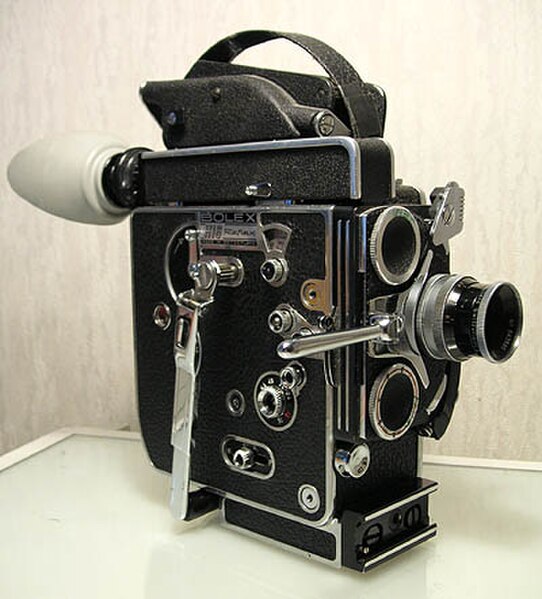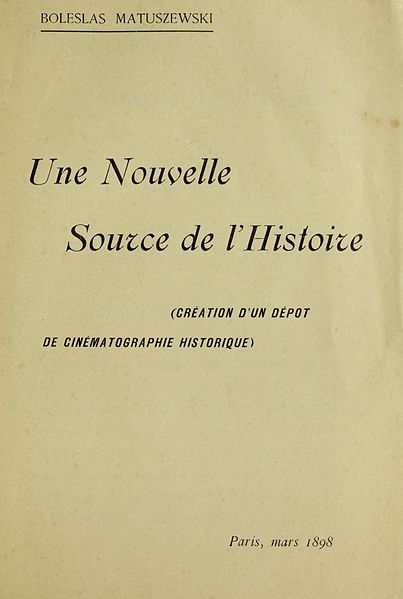Nanook of the North is a 1922 American silent film that combines elements of documentary and docudrama/docufiction, at a time when the concept of separating films into documentary and drama did not yet exist. In the tradition of what would later be called salvage ethnography, the film follows the struggles of the Inuk man named Nanook and his family in the Canadian Arctic. It is written and directed by Robert J. Flaherty, who also served as cinematographer, editor, and producer.
Nanook of the North
Nyla, wife of Nanook
Nanook (Allakariallak), 1920
Filming of Nanook of the North in 1922
A documentary film or documentary is a non-fictional motion picture intended to "document reality, primarily for instruction, education or maintaining a historical record". Bill Nichols has characterized the documentary in terms of "a filmmaking practice, a cinematic tradition, and mode of audience reception [that remains] a practice without clear boundaries".
A 16 mm spring-wound Bolex "H16" reflex camera – a popular entry-level camera used in film schools
The cover of Bolesław Matuszewski's 1898 book Une nouvelle source de l'histoire (A New Source of History), the first publication about documentary function of cinematography
Frame from one of Gheorghe Marinescu's science films (1899)
Geoffrey Malins with an aeroscope camera during World War I








